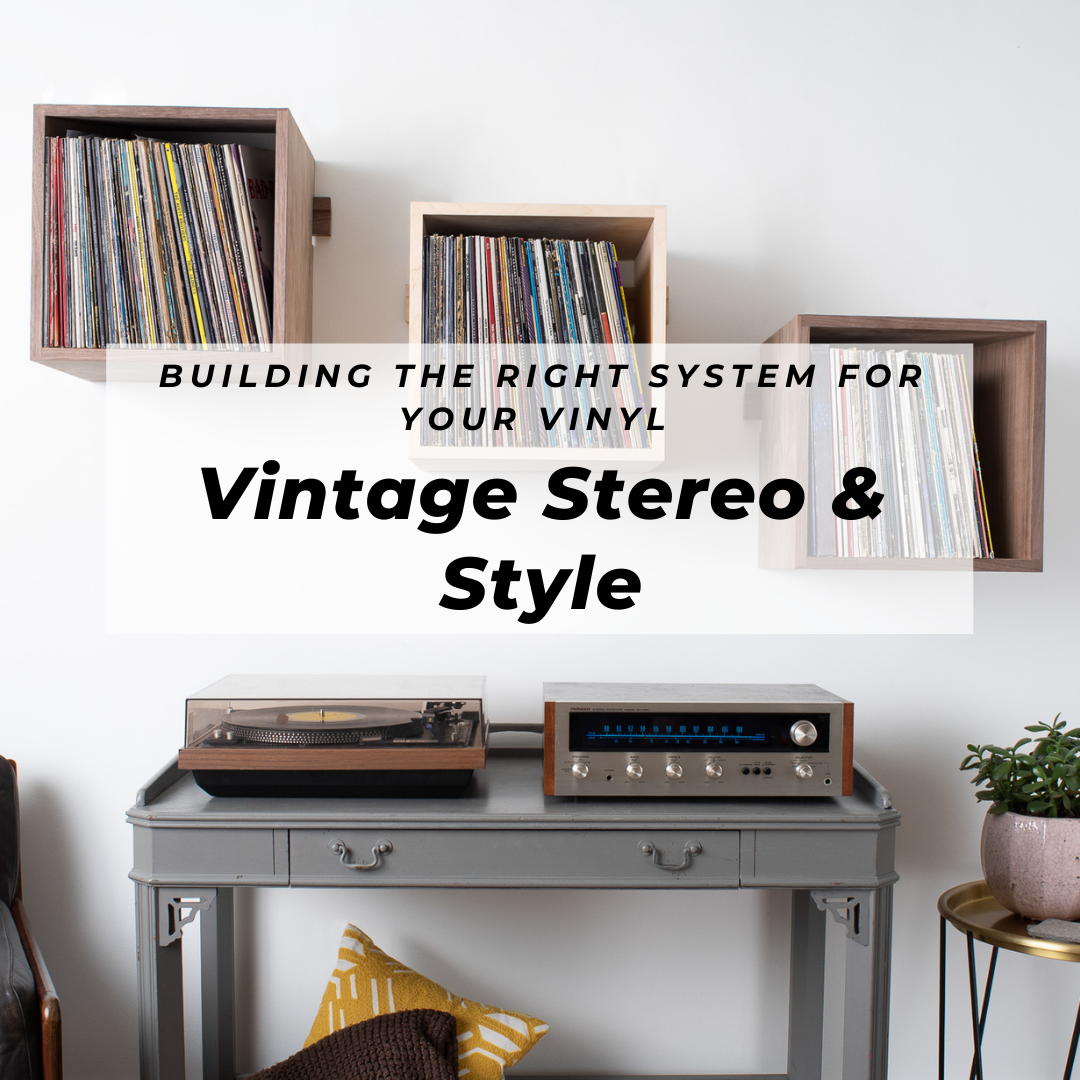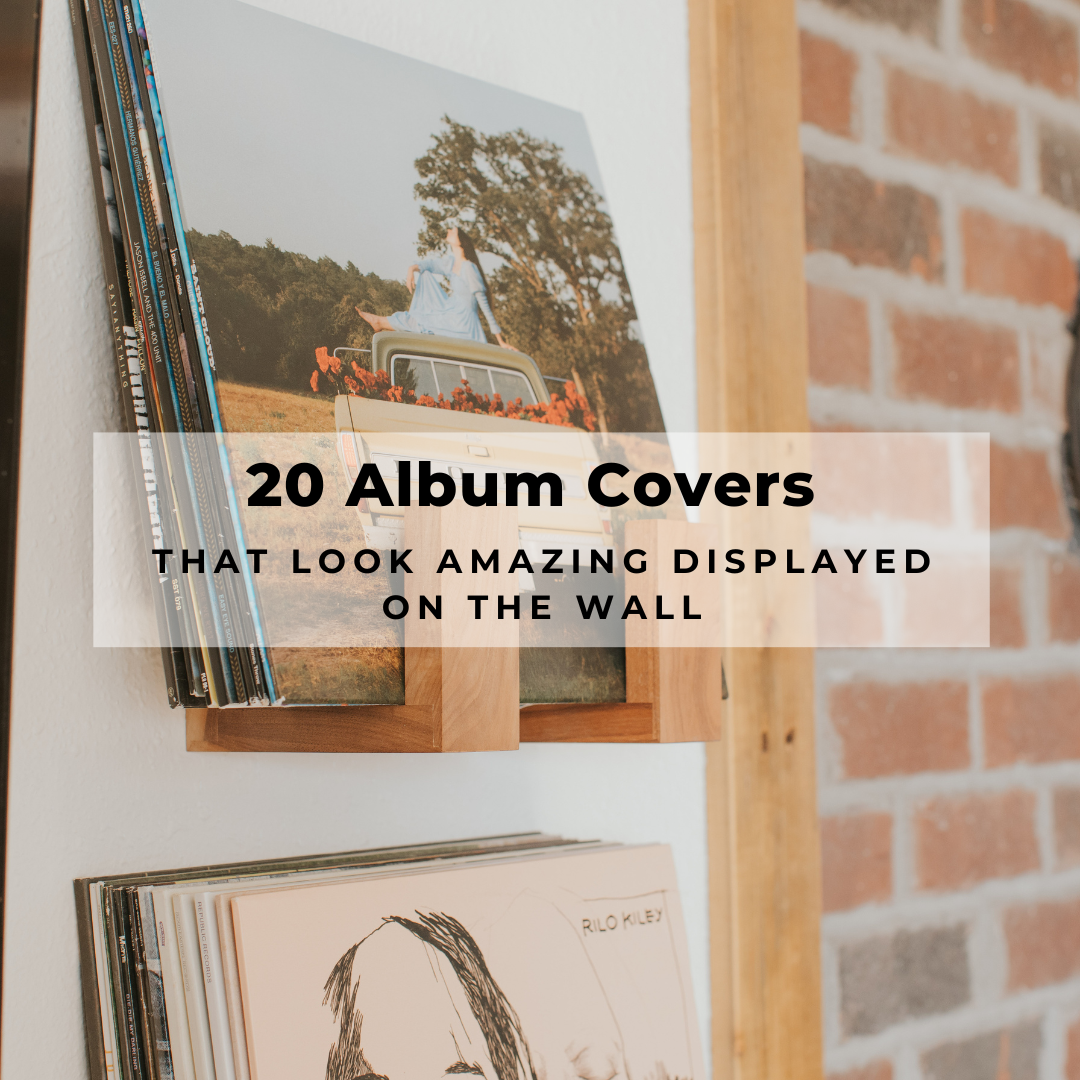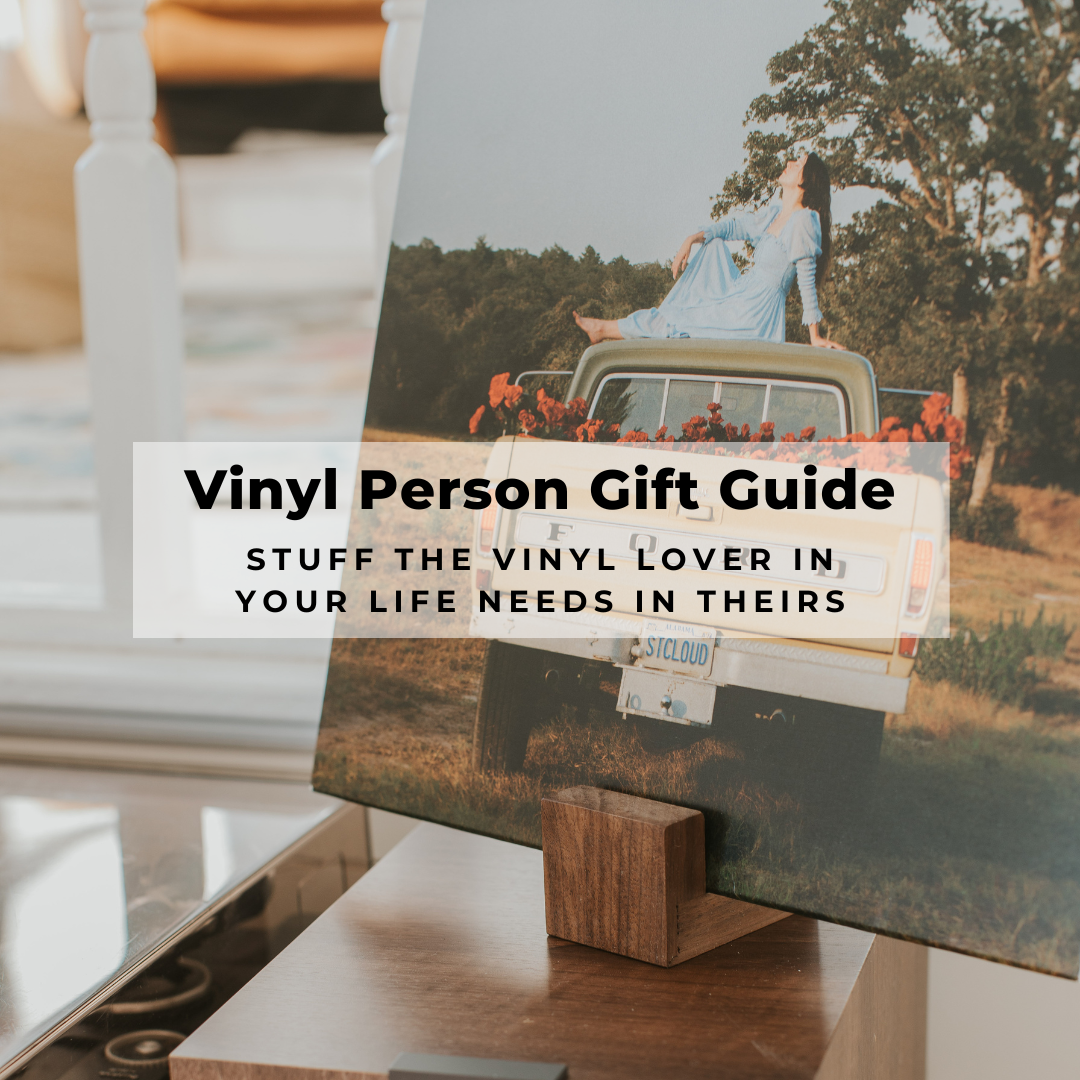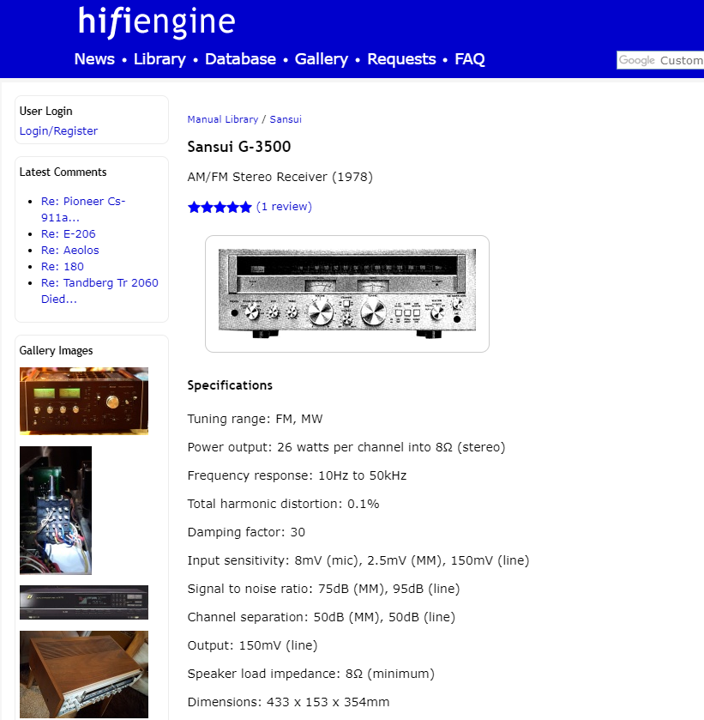The Right Stereo for Your Vinyl: Vintage Systems and Style

In our first installment on stereo systems, we suggested you have three ways to approach building your stereo system: modern, vintage, and hybrid. In this installment, we will cover building a vintage stereo system. In truth, vintage systems are what we know and love best. We are not audiophiles, so we don’t insist our systems have the highest fidelity technically possible at this very moment. And we find it charming when equipment has a little wear on it and was designed for eras when tastes were… different. We appreciate that many features we find boring today were novel at one time. (You mean to tell me this machine can listen to AM and FM?!). We also appreciate a good bargain. You can find some really good bargains on used equipment if you have some patience and luck.

Vintage Philips Record Player
Ok, I’m going vintage, what should I be looking for?
This is one of the tricky parts about vintage. When you delve into this world, you should be open to the options that present themselves. There are a few brands that are well-known and trusted (Denon, Marantz, Sony, Technics, Pioneer, and Kenwood, for example). But just because you have never heard of the brand, that doesn’t mean it is a bad piece of equipment. For example, Sansui made great amplifiers in the 70s, but the company faded over time. Also, if you hold out for a specific model, it might take you a lot of time, money, or both to find it. So we would recommend keeping an open mind.
So, where do I look then?
One of the best places to look for used equipment is from friends and family (as Business Insider, of all places, reminded us). If your parents or grandparents still have the stereo they used back in the 70s or 80s, but do not use it anymore, ask them if you can take it off their hands.
If you don’t have relatives with dusty attics full of stuff, your local stereo store is a great place to find equipment. You should not expect screaming deals, necessarily. A shop that knows its stuff will also know how to price its stuff. But a good local shop will be able to demonstrate the equipment for you and may repair it if needed. Some good local stores are Fred’s Sound of Music in Portland, OR and Galaxie Electronics in Pittsburgh, PA.

Fred’s Sound of Music in Portland: in business since 1948. Don’t be mislead. You’ll find a lot of the best stuff at places that look like this.
Record stores are also often good places to find used gear. We have visited several that buy, sell, and (sometimes) refurbish audio equipment. Revolver Records in Phoenix, Som Records in Washington DC, and Hymie’s Vintage Records in Minneapolis are just a few examples. If you are looking for something that they don’t have, chat up the clerk or the owner. They can let you know if the piece you are looking for comes in.
What about online?

This Kenwood receiver (listed as “Reciever”) shows up under the misspelled search “reciever” but not for the correctly spelled search (“receiver”). Result? Less views from other potential buyers for a beautiful piece of equipment.
Yes, you should also check out your neighborhood Internet. You’ll want to hit the usual suspects like LetGo, Craigslist, and Ebay. Set up your searches including filters (mile radius, category, etc.) and check it regularly. We have found some good deals (like a 1978 Sony ST) online. [Side Tip: Great deals come from people who are bad at selling or don’t know much about what they are selling. Mispellings like “turnstable”, overly generic or broad terms like “stereo”. If they’ve done a bad job in making their stuff discoverable and you discover it, you may find yourself a nice deal. ] The downside of buying used online is that, unless you are within driving distance of the seller, verifying condition is difficult, and you have to deal with shipping. Shipping can be dangerous, especially for turntables, which are a terrible combination of heavy, delicate, and awkwardly shaped. They need to be packed carefully. Not every online seller will take the time. If you do go the online route, you should consider getting a new turntable (from U-Turn, Pro-Ject, or Minfort, for example), which will ship in factory packaging.
I think I found something. How do I know if it is any good?
If you have found a set of speakers, receiver, or some other piece of equipment that you aren’t familiar with, but that looks cool, we recommend checking it out on hifiengine.com or audiokarma.com so you can understand the specifications and ratings as to where the equipment falls on the quality spectrum (“a great starter” or “great for big sound, but not clarity”. These user-driven communities that will offer a lot of helpful insights about audio gear. For instance, we recently came across a late-70’s looking Thorens turntable. We didn’t know anything about that company, but we looked it up on audiokarma and discovered it was a really good find. It came home with us.
Make Sure Your Equipment is Compatible (We Appreciate Power)
Once you’ve found some stereo components that look worth investigating, make sure they are going to work together. So check the power specifications. The shorthand spec for power is watts-per-channel. (In this case the “channel” is just an output to a speaker. So if you have two speakers, you have two channels.) Receivers typically have between 20 and 200 watts per channel. The more watts, the louder it will play. 50-watts per channels is more than enough for most living rooms. If you want to fill an outdoor space, think about 100 or 200-watts per channel. That is up to you. However, you need to make sure that your speakers can handle that power, or you run the risk of blowing them out if you turn up the volume. In general, it is a good idea to have speakers rated for a little more power than your receiver can deliver. So, if your receiver is rated at 50-watts, look at speakers rated at 80 watts.
The other power rating that is important is impedance, which is a little more technical. You just want to make sure that your speakers and receiver match. 8 ohms of impedance is pretty common. If your speakers are rated at 4 ohms, make sure your receiver can handle 4 ohms (that should be on a label), or you might burn it out trying to power 4 ohm speakers. For more on power, check out The Home Cinema Guide.
I think I found something. How do I know it is going to work?

A bashed up speaker. You do not want your equipment to look like this.
The big risk with used audio gear is buying something that broken. The best method for checking the condition of equipment is to listen to it, if you can. Try it out the unit at low and high volumes. Listen for any buzzing, hiss, clicks, or if the signal cuts in and out. Mess around with the knobs. Switch between sources. See if you can hear anything wrong with the unit. If what you are hearing sounds minor, it may be something that can be fixed. In some cases you just need to apply some contact cleaner to knobs and other moving parts (youtube videos like this one can help you do this yourself). Or you can bring it into a shop for repair. That costs money, obviously, so think about repairs when you evaluating your purchase. If you can get a nice piece of vintage equipment for $70, say, and an equivalent modern component costs about $200, you can spend up to $130 on repairs and still save money. If the vintage piece is selling for $175 and still needs work, you might be better off going for the modern piece.
Some other things to look out for are bad smells. A bad smell can indicate something has shorted or blown out. If you are looking at a pair of speakers, take off the mesh cover and look at the speaker cone and look for any cracks or dents in the speaker cone. Also look for pealing, cracking, or flaking of the surround (the material around the speaker cone that attaches it to the speaker box). If you see any, the speaker is not likely to be much good to you.
Get the backstory
There are also indirect ways to assess whether the equipment is worth your time. When talking with a seller, uncomfortable silence is your friend. We have found that if you stand silently for a while as the unit is playing, sellers will often start volunteering things that they hear or that they know about the background of the piece. This helps you get a sense of whether the seller thinks it is a piece of junk or not. You should also ask how the seller got the unit and why they are getting rid of it. Often, a seller will tell you a lot. If the thing sat in a un-air-conditioned attic in West Texas for 30 years, it may not be in great shape. Sellers can and do lie, of course, but the more details they give you, the better you will be able to assess whether you can trust the equipment or not.
Hopefully, at the end of all that, you end up with a nice, hefty box of machined aluminum and green glass that will generate noise complaints from your neighbors from years to come. Or maybe you will skip all of that and head online or over to the stereo store for something modern, streamlined, and compact. We will cover that topic in the next session.
What’s Next?
Maybe you’re planning to go modern or a hybrid of vintage and modern. We got you. Then we’ll cover more about setting up your record space once you’ve got the equipment. How to design, use space effectively, plan for record storage, and more. Stay tuned….
Have you bought used stereo equipment recently? What was your experience? What are your tips for the Deep Cut community?
Want to receive more stuff like this plus news and announcements, promotional offers, and more? Sign up for our emails here…
Leave a comment
Comments will be approved before showing up.
Also in Blog: Deep Cuts

20 Album Covers Perfect For Displaying On The Wall

Our 2023 Vinyl Lovers Gift Guide


